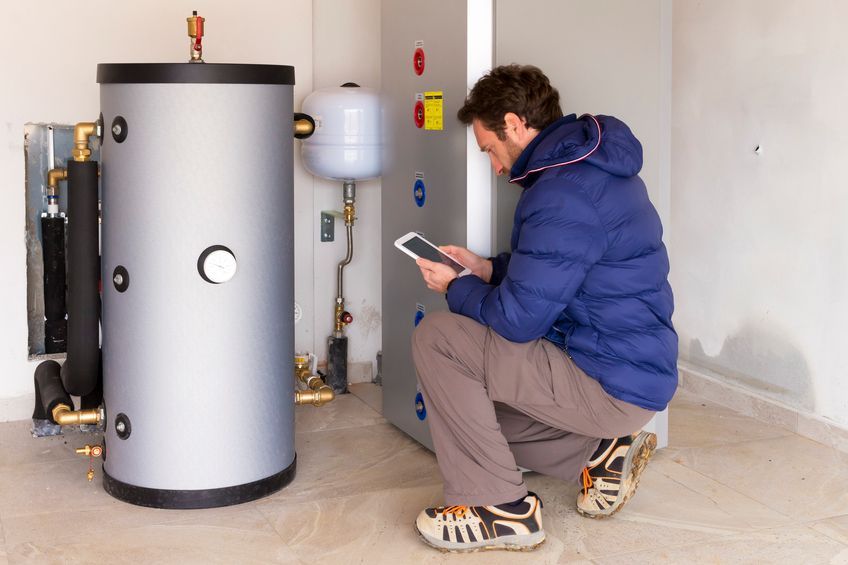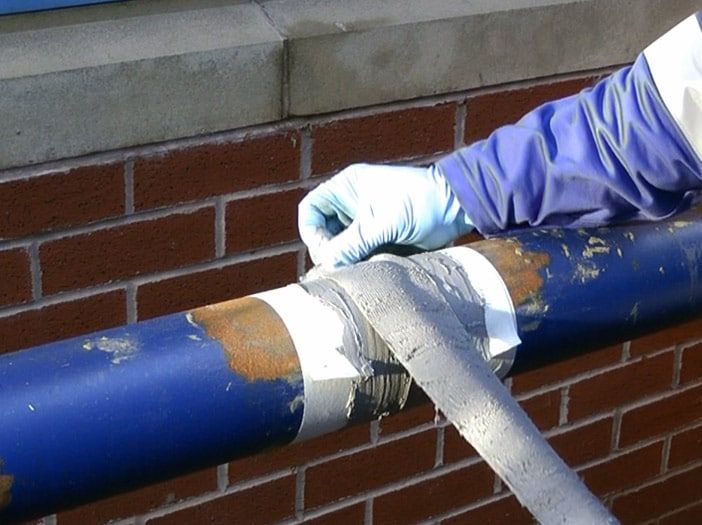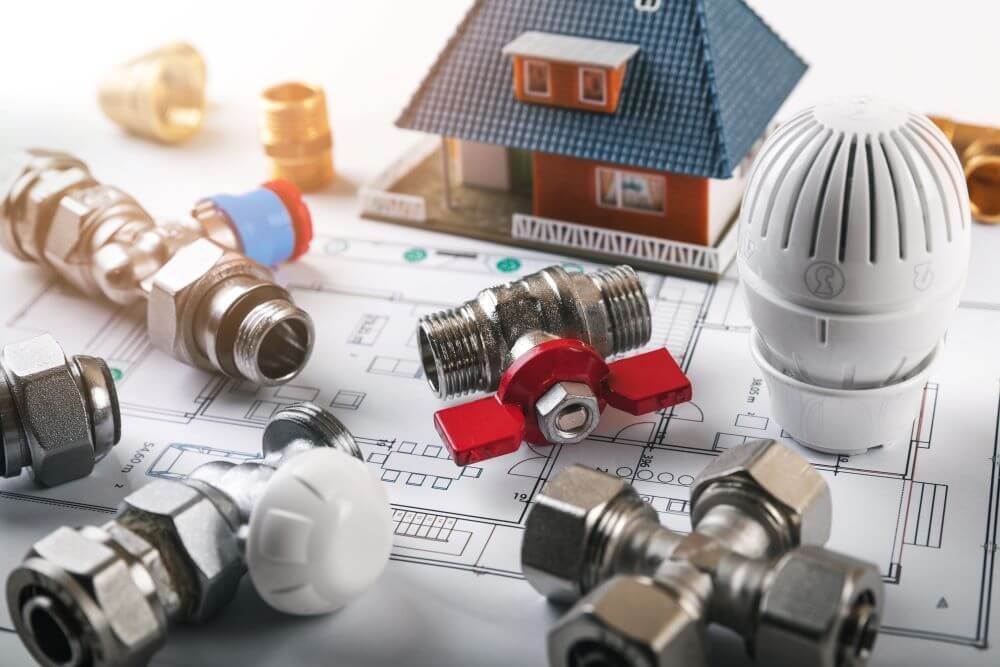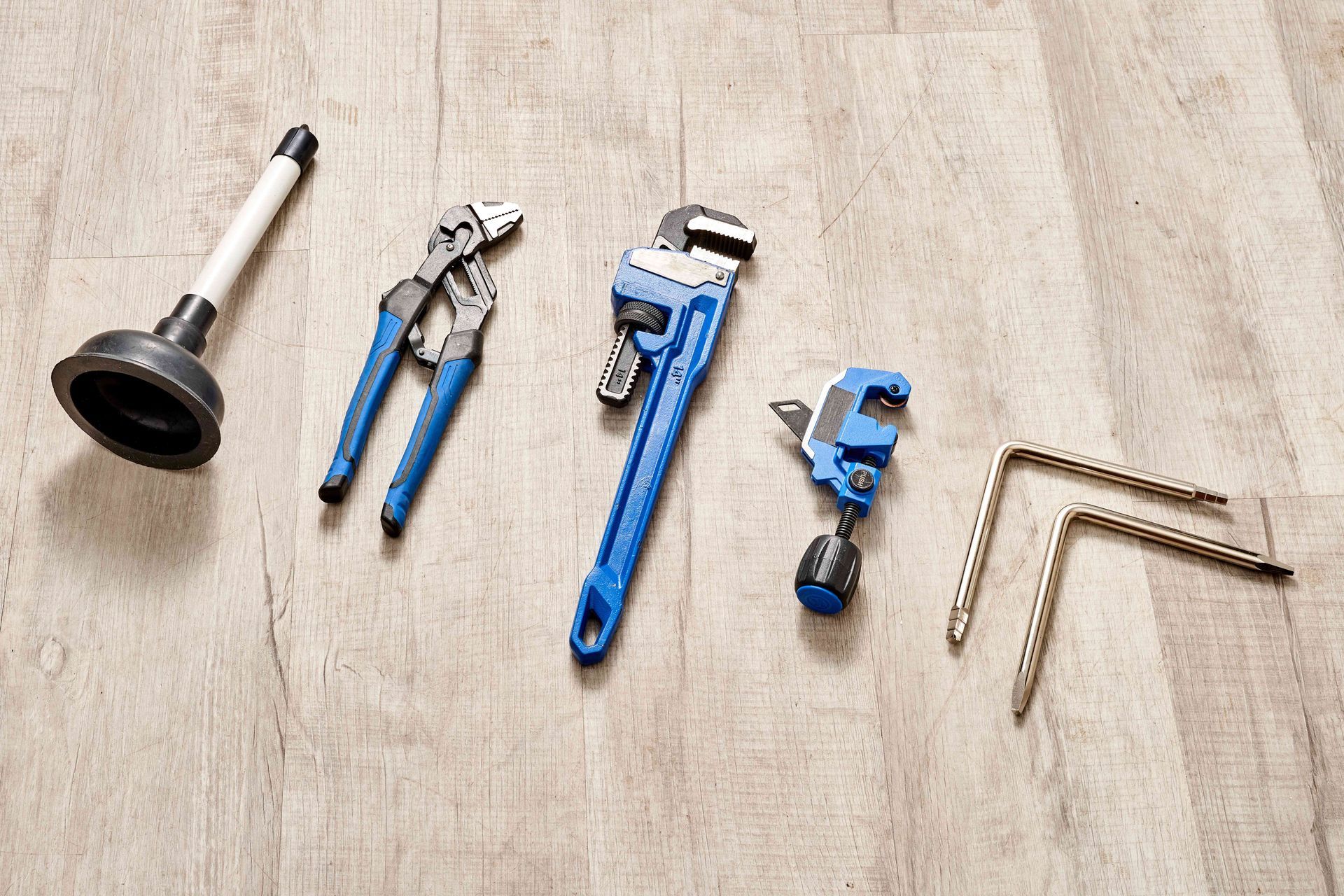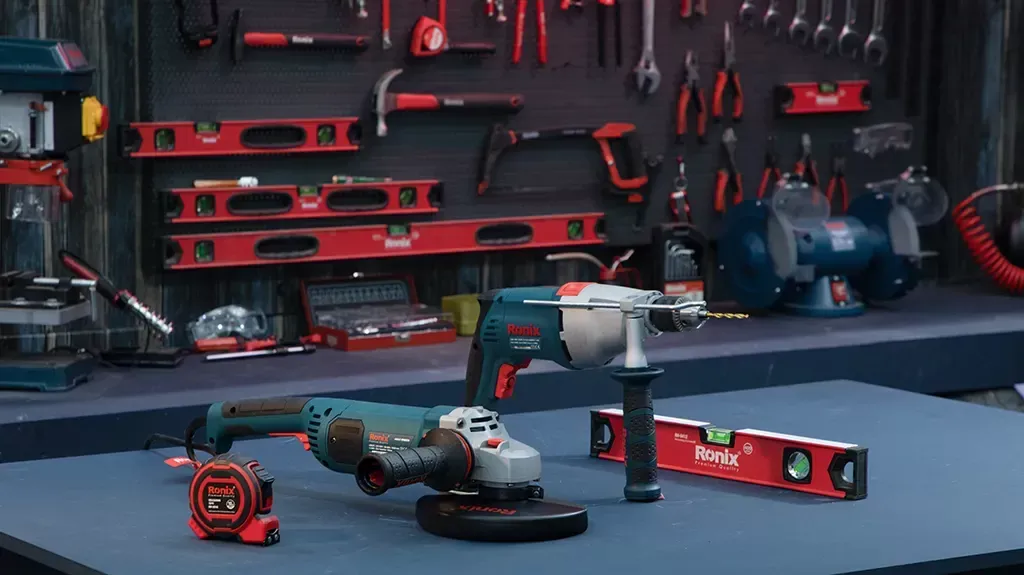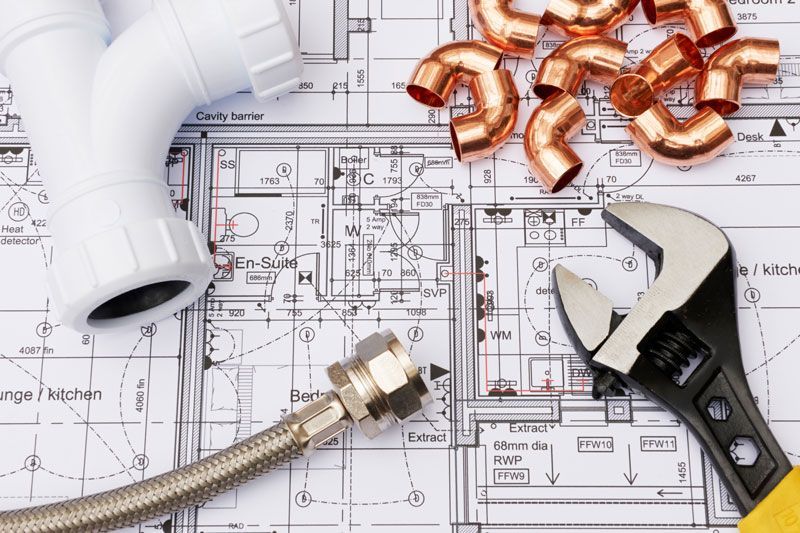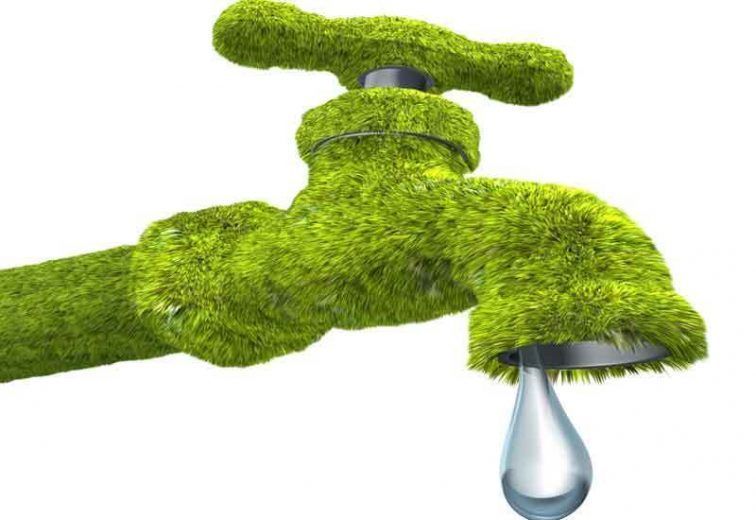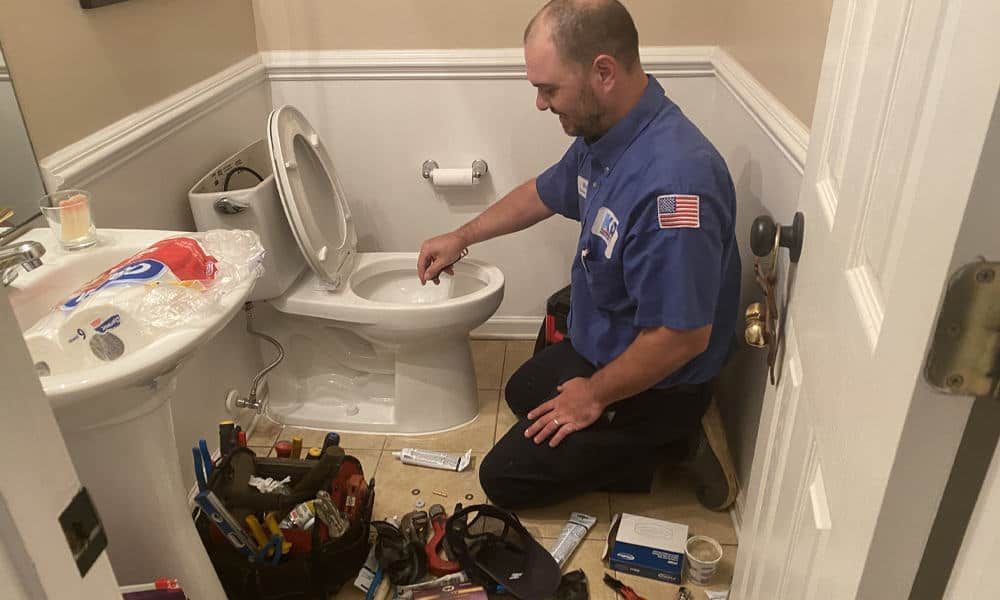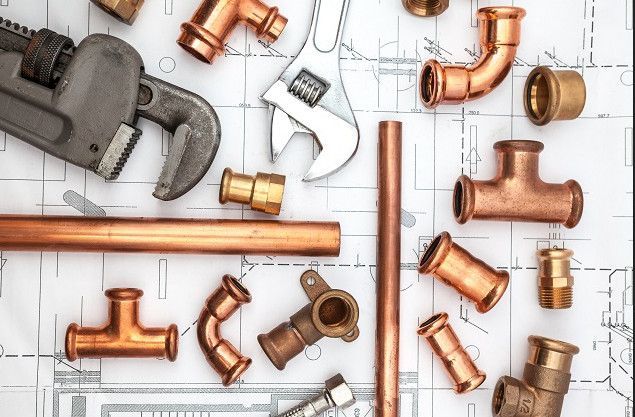How Deep Are Gas Lines Buried? How To Avoid Being Hurt Around Them?
How Deep Are Gas Lines Buried? How To Avoid Being Hurt Around Them?
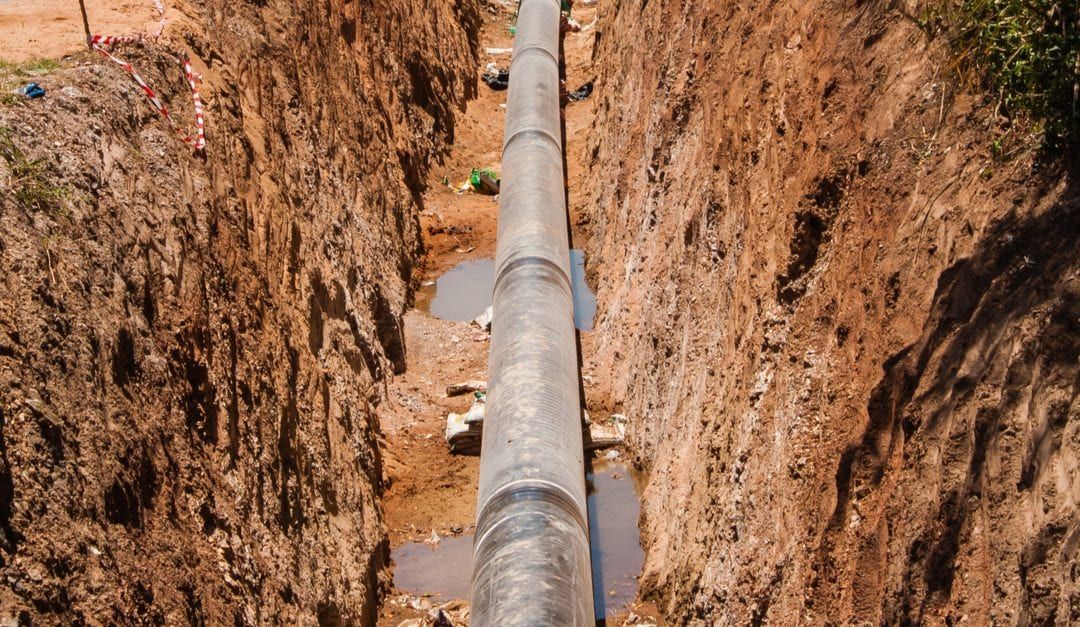
The depth to which natural gas lines are buried is typically determined by the local authority of the particular country. Because of this, gas line depth varies globally and can even be localized to particular locations. In the United States, a gas line depth should be between 18 and 24 inches deep.
The primary gas pipes are typically 24 inches or deeper in depth. In 18 inches of underground space, you can find the service gas lines, which are closest to the main gas lines.
Natural gas pipes in California are not allowed to be any shallower than 18 inches, according to the regulations. The minimum depth is 24 inches in New York and New Jersey.
At what depth should a residential gas line be buried?
Several factors, like the kind of gas being transported and the local construction codes, determine the depth at which a residential gas line should be buried.
Natural gas lines should typically be buried 12 inches (30 centimeters) or deeper underground, while propane lines may need to be buried 18 to 24 inches deeper. (45-60 cm). The use of protective sleeves or barriers may also be mandated by municipal regulations, which may also call for deeper burial depths.
To avoid freezing or shifting due to soil movement during freeze-thaw cycles, it’s crucial to make sure the gas line is buried below the frost line, which varies based on location. A licensed expert should also install gas lines to guarantee proper installation and safety.
The final step is to make sure that any underground utility lines are marked before beginning any excavation work on your private property. This will reduce the risk of unintentional damage.
How can I dig around gas lines safely?
The quickest response is to be aware of their positions and what you are doing. To make sure you don’t run into any underground gas pipes, there are service lines you can contact that can help you identify any nearby public gas lines.
The shoulds and shouldn’ts
- In accordance with the legislation, you must bury the gas lines completely.
- The risk of harm is higher for gas connections that are not well buried.
- To protect your family’s safety and make it simple to repair gas lines in an emergency, give the laws in your area a higher priority.
- Deep gas lines are better.
- Only qualified individuals should install gas connections.
- All gas lines must comply with the local construction regulations.
Utility lines that need to be identified before digging
Underground utilities such as security systems, cables, systems for landscape lighting, and irrigation channels, in addition to similar utilities connected by private utility companies, are not identified by the “pre-dig contact” service.
It’s crucial to keep in mind that 811 can only pinpoint utility lines up to the point where they connect to a building or a private ground. 811 will view the wires as being yours instead of theirs if they are still buried underground.
Below is a list of utility lines that frequently bear the 811 designations:
- Cable TV, phone, and internet lines
- Electrical lines
- Natural gas lines
- Sewage & water mains
How Deep Is a Gas Line Buried: Conclusion
Depending on municipal regulations, gas lines in the United States are buried either 18 or 24 inches deep. Before digging, it’s important to know how deep gas lines on your land need to be.
Calling 911 right away is required in the event that a gas pipe is unintentionally struck. Additionally, it’s crucial to call 811 before beginning any digging because they offer a free service to designate utilities and locate underground gas lines.
Additionally, you need to dial 811 before excavating more than 12 inches. It’s recommended not to dig within 18 inches of any buried gas lines to prevent any potential risks.
If you are unsure of what to do or how to go about it, it is preferable to contact professional repair crews
For professional plumbers, 5-star plumbing is your sure bet. They have the right specialized drilling tools and other equipment for all your plumbing service needs.
What should I do if I discover a broken gas pipe?
As soon as you discover damaged gas lines, leave the area and call the emergency services and the health and safety executive in charge of your area.
Avoid attempting to fix the pipe or shut off the gas flow yourself as doing so can be very risky. Allow experts to handle the gas line directly while you wait.





